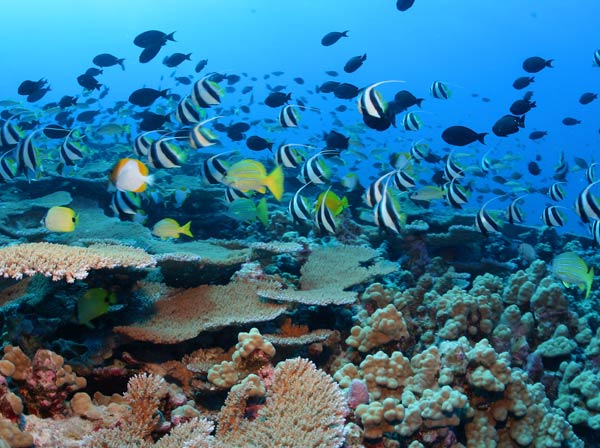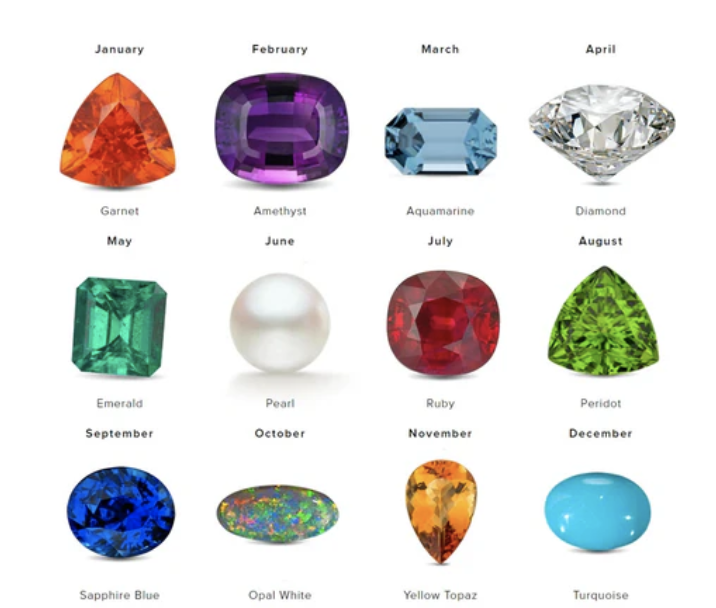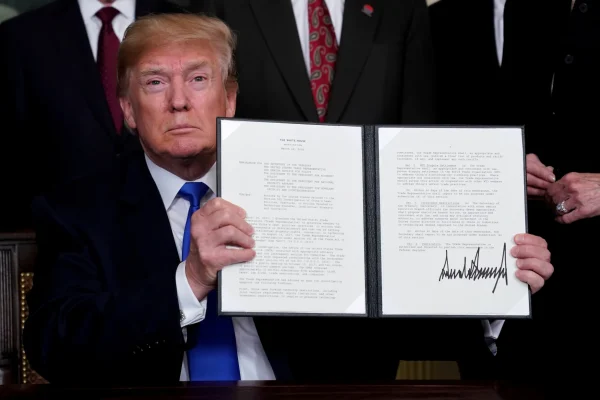Papahānaumokuākea, World’s Largest Reserve

Papahānaumokuākea is home to more than 7,000 marine species. Photo courtesy of http://www.papahanaumokuakea.gov/
On a historic day, August 26th of 2016, President Obama made the initiation to quadruple the protection of the Papahānaumokuākea Hawaiian Marine National Monument. By doing so, thousands of marine species will be protected, including those that are endangered.
Now at an astounding 582,578 miles, this guarded area will ensure that it is kept safe from overcrowding and/or human destruction. This ecosystem is home to a variety of different marine animals; some are listed as an endangered species, and some are even yet to be explored! Just this year, a new unknown type of octopus was discovered along the coast of Hawaii. Many of these unique creatures, such as the green turtle and monk seal, are specifically suited to this type of environment, which is why conserving the area is so vital to their lives.
Additionally, this movement includes the banning of commercial fishing and drilling throughout the land. Overfishing has become a dangerous reality, threatening oceans’ biodiversity. For Hawaiian marine creatures, fortunately, this one area will be able to conserve its habitat and continue to cultivate. Through Papahānaumokuākea’s platform, the staff is working to educate the public on growing issues, especially like climate change. The problems with climate change, just to name a few, include coral bleaching, which causes the coral to be more exposed to diseases; ocean acidification, which halts the corals’ growth; and hurting endemic species’ habitats. Climate change does not solely affect marine life; it is also affecting the world from rising sea levels to an increase in temperature worldwide.
Along with protecting aquatic creatures, this movement helps preserve coral reefs. Despite coral reefs only covering a mere less than 1% of ocean floor, they sustain around 25% of ocean life. These reefs provide protection for fish against predators as well as serve as habitats for a variety of marine life.
Surprisingly, only 5% of the world’s waters has been explored, meaning that there is a wide array of information yet to be known. With new discoveries and more exploration to occur, the ocean needs to remain protected for a better understanding of marine life and its ecosystem.
About this advance, Juliette Fournier (10) says, “I think that what Obama did was extremely generous and it will hopefully help to protect and preserve marine life.” She also added, “I also hope that this expansion will help scientists discover new species.”
Thanks to President Obama, we can continue to give our appreciation and keep our admiration of these ocean beauties for centuries.

Mabel Ra is a current senior at Yorba Linda High School. As she approaches her last year at YLHS, she has notably dedicated her time to the Wrangler Newspaper...

































Sharleen Wilson • Sep 19, 2016 at 10:11 PM
Mabel, your writing is inspiring!
I have the magnet with our picture on it on my refrigerator, and I think of your fondly each day!
Bravo!
mra • Sep 21, 2016 at 6:28 PM
Thank you so much Mrs. Wilson! I hope you are doing well!